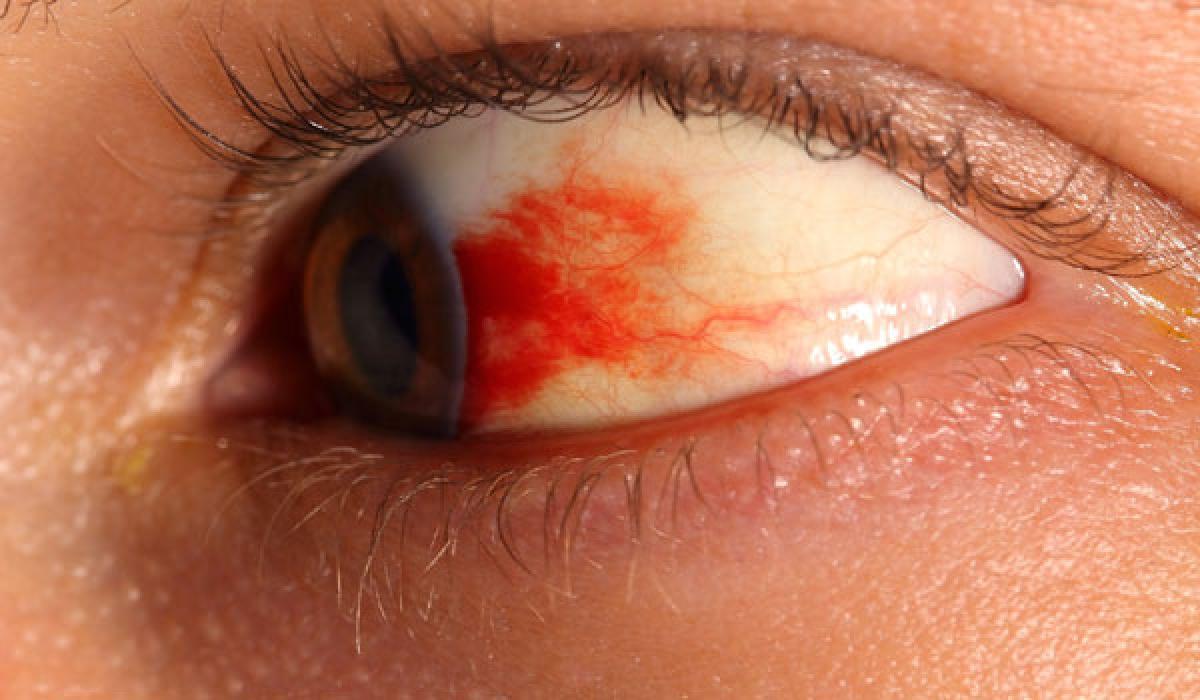Live
- Mercedes-Benz India to Launch 8 New Models, Focus on EVs in 2025
- Collector Inspects EVM Godown in Nagarkurnool
- Devotees' Tragic Demise in Tirumala Stampede: Chakravarthy Acharyulu Expresses Deep Condolences
- Disability can be identified and prevented in the early stages -DMHO Dr. K.V. Swarajya Lakshmi
- Ram Charan's 'Game Changer' Set for Big Box Office Debut
- Scientists Provide Training to Farmers on Integrated Farming
- SP Gaikwad Launches Feedback QR Code Poster for Police Services Opinion
- Helping Hands Charitable Trust Distributes Study Material to 3,000 Students in Gattu Mandal
- Samajwadi Party Strengthens Leadership in Telangana and Andhra Pradesh
- Poco X7 5G and Poco X7 Pro 5G Launched in India: Price, Specifications, and Features
Just In

Researchers from the Byers Eye Institute at Stanford University have found a way to use artificial intelligence to fight a complication of diabetes that affects the eyes. This advance has the potential to reduce the worldwide rate of vision loss due to diabetes
Artificial intelligence-based grading algorithm can be used to identify, with high reliability, which patients should be referred to an ophthalmologist for further evaluation and treatment
Researchers from the Byers Eye Institute at Stanford University have found a way to use artificial intelligence to fight a complication of diabetes that affects the eyes. This advance has the potential to reduce the worldwide rate of vision loss due to diabetes. In a study published online in Ophthalmology, the journal of the American Academy of Ophthalmology, the researchers describe how they used deep-learning methods to create an automated algorithm to detect diabetic retinopathy. Diabetic retinopathy (DR) is a condition that damages the blood vessels at the back of the eye, potentially causing blindness.
“What we showed is that an artificial intelligence-based grading algorithm can be used to identify, with high reliability, which patients should be referred to an ophthalmologist for further evaluation and treatment,” said Theodore Leng, M.D., lead author. “If properly implemented on a worldwide basis, this algorithm has the potential to reduce the workload on doctors and increase the efficiency of limited healthcare resources.
We hope that this technology will have the greatest impact in parts of the world where ophthalmologists are in short supply." Another advantage is that the algorithm does not require any specialized, inaccessible, or costly computer equipment to grade images. It can be run on a common personal computer or smartphone with average processors. Deep learning is on the rise in computer science and medicine because it can teach computers to do what our brains do naturally.
What Dr. Leng and his colleagues did was to create an algorithm based on more than 75,000 images from a wide range of patients representing several ethnicities, and then used it to teach a computer to identify between healthy patients and those with any stage of disease, from mild to severe.Dr. Leng’s algorithm could identify all disease stages, from mild to severe, with an accuracy rate of 94 percent. It would be these patients that should see an ophthalmologist for further examination. An ophthalmologist is a physician who specializes in the medical and surgical treatment of eye diseases and conditions.
Diabetes affects more than 415 million people worldwide or 1 in every 11 adults.1 About 45 percent of diabetic patients are likely to have diabetic retinopathy at some point in their life; however, fewer than half of patients are aware of their condition. Early detection and treatment are integral to combating this worldwide epidemic of preventable vision loss.
Ophthalmologists typically diagnose the presence and severity of diabetic retinopathy by direct examination of the back of the eye and by evaluation of color photographs of the fundus, the interior lining of the eye.Approval from the U.S. Food and Drug Administration is required before the algorithm can be used in patients on a broad basis.

© 2025 Hyderabad Media House Limited/The Hans India. All rights reserved. Powered by hocalwire.com







